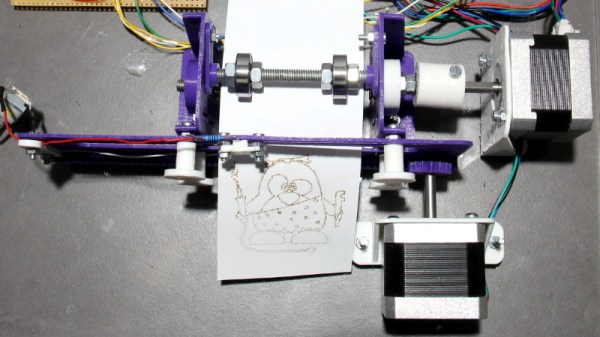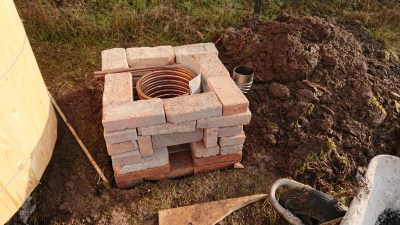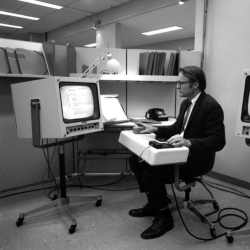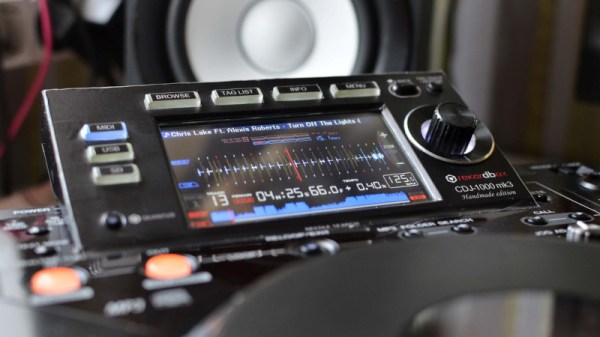We feature a lot of clocks here at Hackaday, but it’s not often that one comes along and makes us stop in our tracks and reconsider the fundamental question: just what is a clock? [Charlyn] has managed it though, with her Nova Light clock, which doesn’t so much measure the passing of time, but mark it.
The clock itself is a set of origami pieces in the shape of the Nova lights and a star fragment from the popular Animal Crossing New Horizons game, and each has a multicolour LED underneath. The star fragment pulses, while the two Nova lights imperceptibly slowly change colour, one over the course of the day and the other over the course of the week. Except for Fridays, when in celebration of the end of the work week they pulsate with different colours. Under the hood is an Adafruit Feather with a real-time clock module, and since all the code is there for your enjoyment you can have a go at making your own. Below the break is a video showing the clock in action.
[Charlyn] is no stranger to these pages, in fact we’ve featured her exquisite use of origami before. It’s probably her rideable rocking horse that’s the most memorable among her projects though.
Continue reading “Animal Crossing IRL With Nova Lights To Mark The Passage Of Time”





















